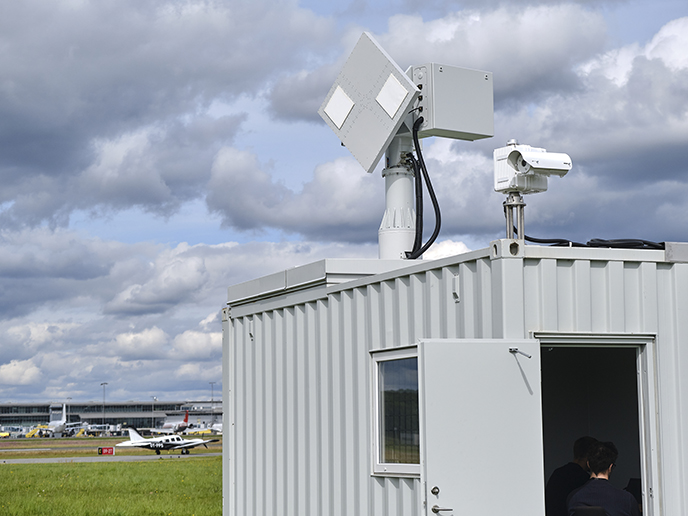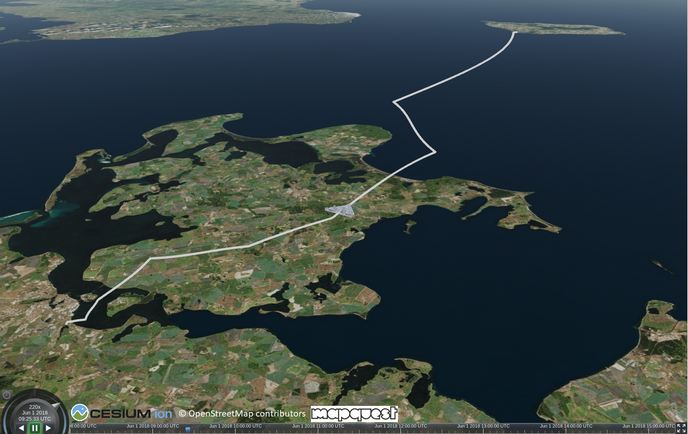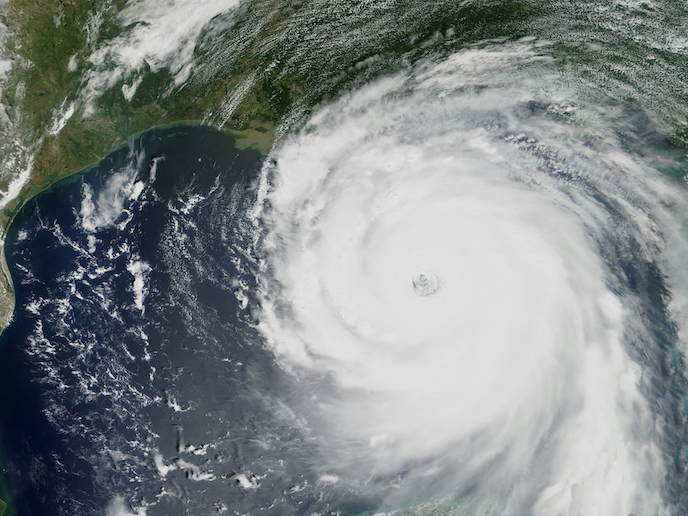High-resolution radar protects aircraft in-airports-areas
The speed of air travel brings certain dangers. Current large passenger aircraft take off at 250-290 km/h and land slightly more slowly. Aircraft hitting small objects (debris, birds and drones) on or near runways at such speeds can have serious consequences, occasionally including catastrophic crashes. On average, four such strikes occur every five thousand aircraft flights. Each causes between EUR 25 700 and EUR 257 000 worth of direct and indirect costs, adding up to about EUR 11 billion per year counting just Foreign Object Debris(opens in new window) (FOD) and birds. Drone incidents are too recent, and too infrequent, for their costs to have been accurately calculated, although one 2018 episode cost one airport over EUR 500 per minute as a result of delayed flights. For years, airports have had separate radar warning systems for birds and FOD, and systems for drones(opens in new window) are now coming online too. Yet, it would be advantageous to have a single system that warns of all three threats. The EU-funded FODBASA(opens in new window) project was the first to develop such an integrated system. A previous project created the technology concept, which features very high resolution airport-based radar. FODBASA developed and verified it via demonstration installations at two European airports. The team also examined the remaining obstacles to commercialisation.
Three-in-one system
“The main difference between our system and others,” explains Klavs Andersen, project coordinator, “is that we can cover three applications with the same system. Secondly, we aim to provide very high-quality coverage against drones, where it matters most for flight safety, which is the approach and departure sectors of each runway.” If the system detects any of the three types of object, it alerts airport operators, who then visually inspect the runway area/airspace. Radar involves directing radio waves towards objects, then receiving and processing the reflections that indicate objects’ position and size. Different types of radar use different radio bands, and FODBASA’s system uses the Ka-band(opens in new window). This extremely high frequency provides the capability to detect very small objects. FODBASA also continuously uses vertical and horizontal beams in combination. A blended information hub combines and processes all reflections, classifying objects in real time. Another key part of the system is high-gain (very sensitive) antennas, which can detect weak signals from small targets at considerable distances. Thus, the system should be able to detect objects smaller than 1 cm.
Further refinement needed
“We demonstrated that our current technology can perform the three applications,” adds Andersen. “However, we also showed that further improvements are necessary to meet the performance expectations of the market.” The project has not yet been able to demonstrate the system in continuous operation. Nevertheless, the team knows what changes are necessary and plans to implement them during the remainder of 2021 and 2022. Certain improvements will equip the processing hub with AI, which will enhance interpretation of the radar images. Once researchers iron out the remaining problems, the system should improve aviation safety by minimising the risk of aircraft colliding with small objects during take-off and landing.







